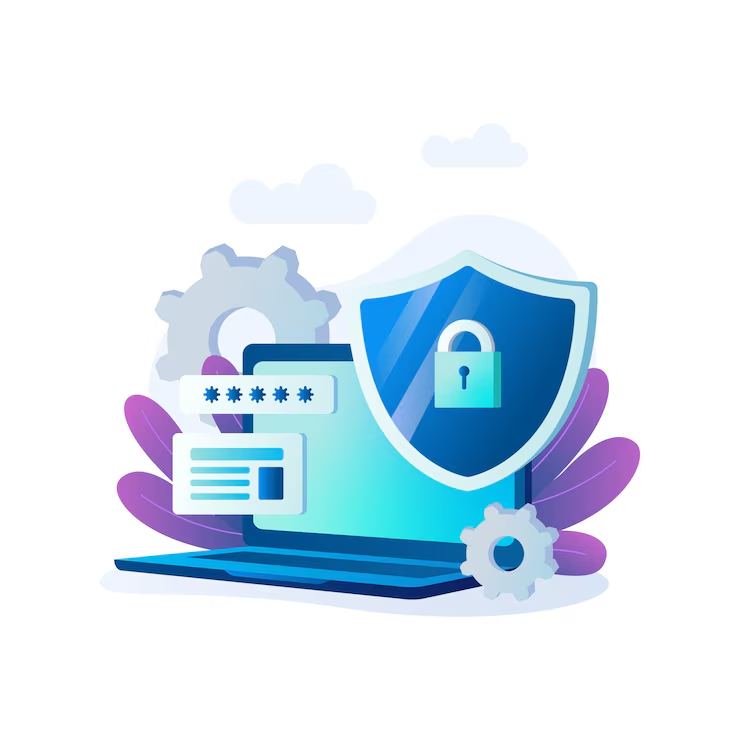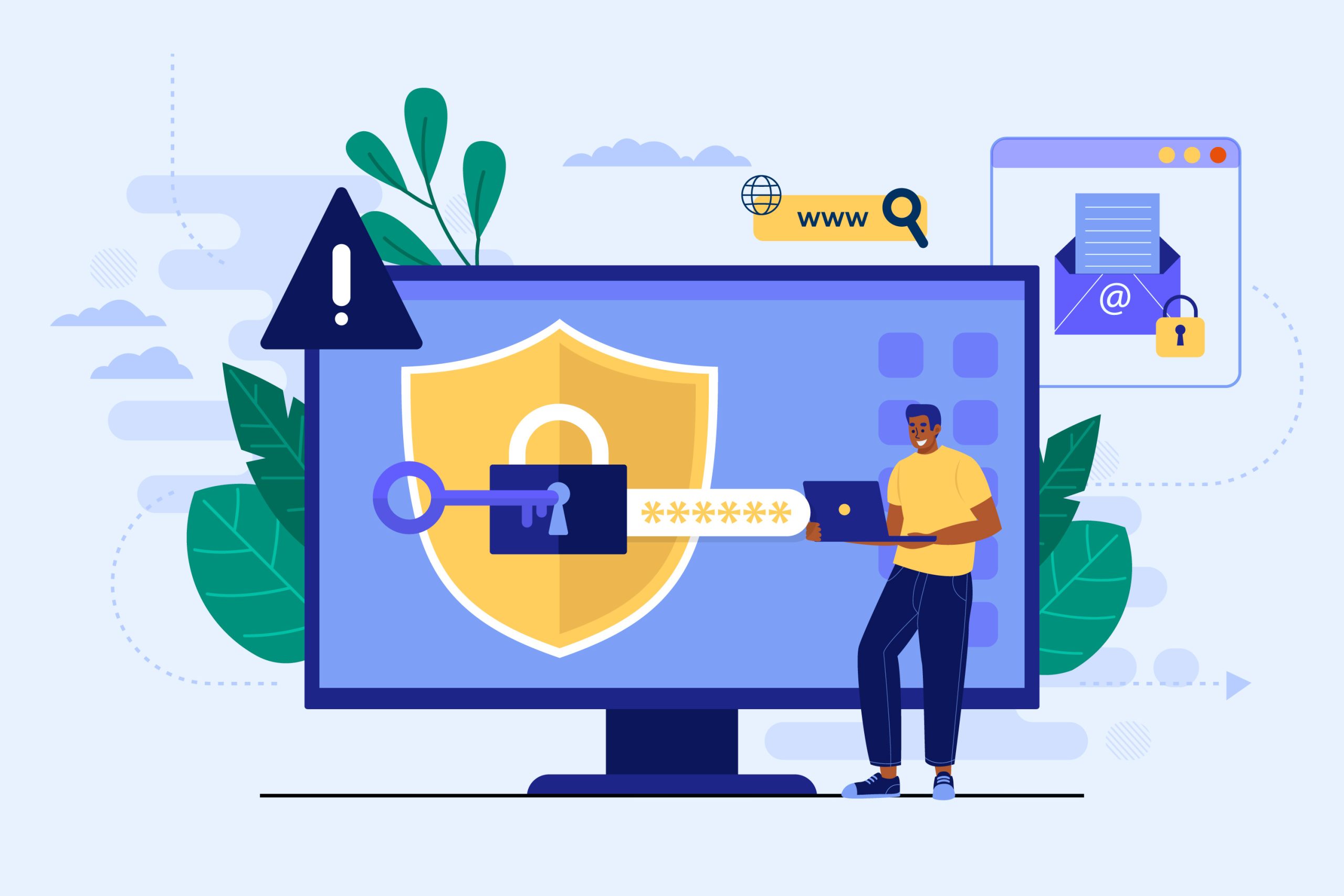A website secure is one that employs various measures and best practices to protect the integrity, confidentiality, and availability of its data and resources.
These measures ensure that the website is safe from unauthorized access, data breaches, and other website secure threats.
Website secure involves multiple layers of protection and ongoing maintenance.

Table of Contents
Here are some comprehensive steps you can take to enhance the security of your website:
1. Use HTTPS
- SSL/TLS Certificates: Ensure your site uses HTTPS by obtaining an SSL/TLS certificate. This encrypts data between the user and the server, making it harder for attackers to intercept information.
2. Keep Software Up to Date
- Regular Updates: Keep your website’s CMS (e.g., WordPress, Joomla), plugins, themes, and server software up to date. Updates often include security patches for known vulnerabilities.
3. Choose a Secure Hosting Provider
- Reputable Hosting: Select a hosting provider known for strong security practices, including regular updates, backups, and robust protection against threats.
- Managed Hosting: Consider managed hosting services that handle security updates and monitoring for you.
4. Implement Strong Authentication
- Strong Passwords: Use strong, unique passwords for all user accounts and change them regularly.
- Two-Factor Authentication (2FA): Enable 2FA for an additional layer of security.
5. Use Security Plugins and Tools
- Security Plugins: For CMS platforms like WordPress, use security plugins such as Wordfence, Sucuri, or iThemes Security.
- Web Application Firewall (WAF): Use a WAF to filter and monitor HTTP traffic between a web application and the Internet.
6. Regular Backups
- Frequent Backups: Regularly back up your website’s data and files. Store backups in secure, off-site locations.
- Automated Backups: Use automated backup solutions to ensure you have recent backups available.
- Off-Site Storage: Store backups in secure, off-site locations to ensure data recovery in case of a security incident.
7. Website Secure Configuration
- File Permissions: Set appropriate file permissions to limit access. For example, configure the wp-config.php file (in WordPress) to be read-only.
- Disable Unnecessary Features: Disable any features or services that are not in use, such as XML-RPC in WordPress, which can be exploited for attacks.
- Database Security: Use strong database passwords and limit database user privileges to essential tasks only.
8. Protect Against Common Threats
- Limit Login Attempts: Use plugins or server configurations to limit the number of failed login attempts to prevent brute force attacks.
- Secure Error Messages: Display generic error messages to users to avoid revealing details about your server or application structure.
- Security Headers: Implement HTTP security (website secure) headers like Content Security Policy (CSP), X-Content-Type-Options, X-Frame-Options, and others to protect against common attacks like XSS and clickjacking.
9. Monitor and Audit
- Regular Scans: Perform regular security scans to detect vulnerabilities and malware. Tools like Nessus, OpenVAS, or web-based services can be useful.
- Logging and Monitoring: Keep logs of all activities and monitor them for suspicious behavior. Use tools like Splunk or ELK stack for log management and analysis.
- Security Audits: Conduct periodic security audits to assess and improve your security posture.
10. Educate and Train
- User Education: Educate your users and administrators about best security practices, phishing attacks, and social engineering threats.
- Regular Training: Provide regular security training and updates to keep everyone informed about the latest threats and how to mitigate them.
Common Threats Mitigated by Secure Practices
- Phishing Attacks: Website secure help protect users from phishing by employing HTTPS and educating users on recognizing phishing attempts.
- Malware and Ransomware: Regular updates, security plugins, and malware scanning help prevent and detect malware.
- Data Breaches: Encryption, strong authentication, and access controls protect sensitive data from unauthorized access.
- DDoS Attacks: Web Application Firewalls (WAF) and DDoS protection services help mitigate Distributed Denial of Service attacks.
Conclusion
Securing a website is an ongoing process that involves multiple strategies and best practices. By implementing these measures, you can significantly reduce the risk of your website being compromised. Regular updates, strong authentication, using security tools, and ongoing monitoring are key components of a robust website security strategy.

